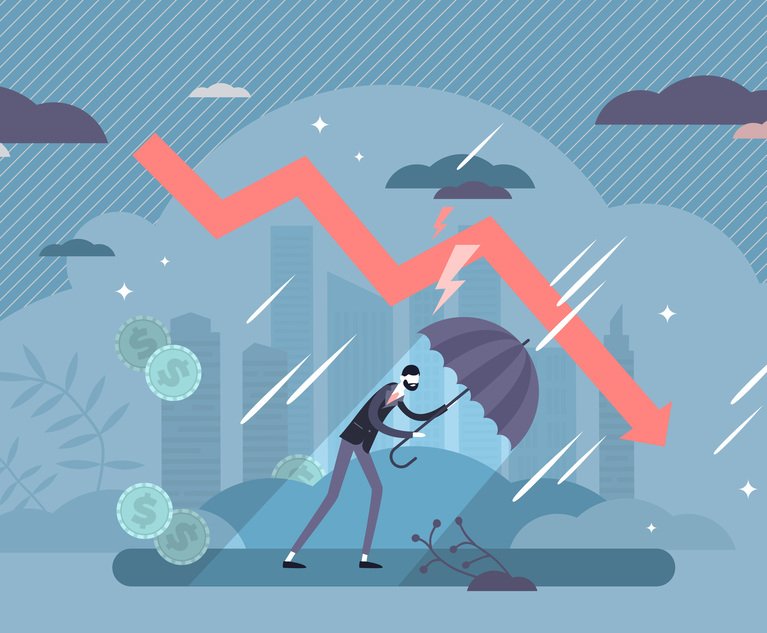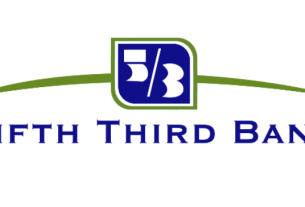Experts are at odds over when a recession might occur. On the whole, they’re expecting one. But timing is the question. Well, one of many, to be accurate.
‘The National Association for Business Economics (NABE) recently released the February 2023 edition of its regular Outlook survey, in this case of 48 professional economic forecasters from businesses, trade associations and academia.
“Results of the February 2023 NABE Outlook survey continue to reflect significant divergence regarding the outlook for the U.S. economy,” an organization release quoted NABE founder and President Julia Coronado, who is also president and founder of MacroPolicy Perspectives LLC, as saying. “Estimates of inflation-adjusted gross domestic product or real GDP, inflation, labor market indicators, and interest rates are all widely diffused, likely reflecting a variety of opinions on the fate of the economy—ranging from recession to soft landing to robust growth.”
For example, 58% of the respondents expect a recession this year, but only a quarter expect it by March, as AP reported. That’s half the number who expected a first quarter setback when polled in December. A third now are expecting a recession in the second quarter of the year, while 20% say the third quarter.
“Panelists’ views are split regarding how high the Federal Reserve may raise interest rates, how long rates might stay at the peak, when cuts would begin, and what would signal the central bank’s actions on each of these fronts,” the release also quoted Dana M. Peterson, NABE Outlook Survey chair and chief economist of The Conference Board. “Respondents are also highly concerned but divided in their opinions regarding the consequences of other matters that might affect the U.S. economy, including the impact of China’s reopening on global inflation and the looming debt ceiling.”
One of the challenges facing prognostication is the ongoing volatility of economic conditions. For example, the Federal Reserve Bank of Cleveland in its most recent analysis of yield curves, shows the shifts conditions seem to predict. In December, the probability of a recession within one year was 53.8%. By January it had grown to 63.3%. Now, in February, it is down to 62.7%. Next month, who knows?
The New York Fed, also reading yield curve inversion tea leaves, last fall said that the probability of a recession by September 2023 was just under 23.07%. Now, the bet is a 57.13% chance of a recession by January 2024.
If uncertainty suggests anything, it might be that the Federal Reserve will consider higher rates longer.



